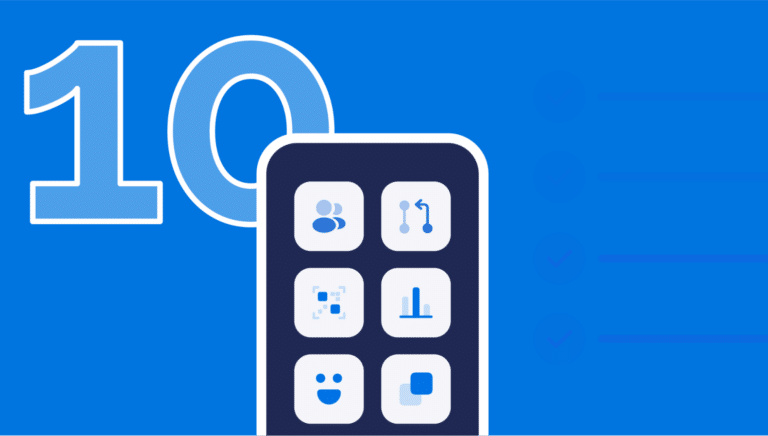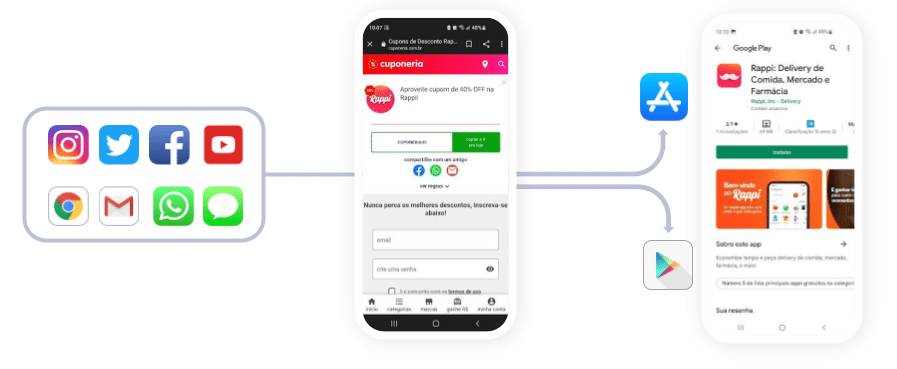INFLUENCER MARKETING
Leveraging influencer marketing for mobile growth
Reach new audiences, convert followings into loyal app users
Request a demoToday, savvy marketers turn to social media influencers to extend their reach, amplify their brand messages, and connect with audiences in a more authentic way. Recognizing the potential of influencer marketing for mobile apps, brands are increasingly leaning into this modern method to drive app downloads and engagement.
Whether a blockbuster celebrity, micro-influencer, or blogger, successful influencers have turned their followers into loyal audiences that trust their product recommendations and brand promotions. As a result, influencer partnerships and campaigns are powerful tools for converting social media followers into paying customers. Here’s how to make the most of this now-established marketing method.
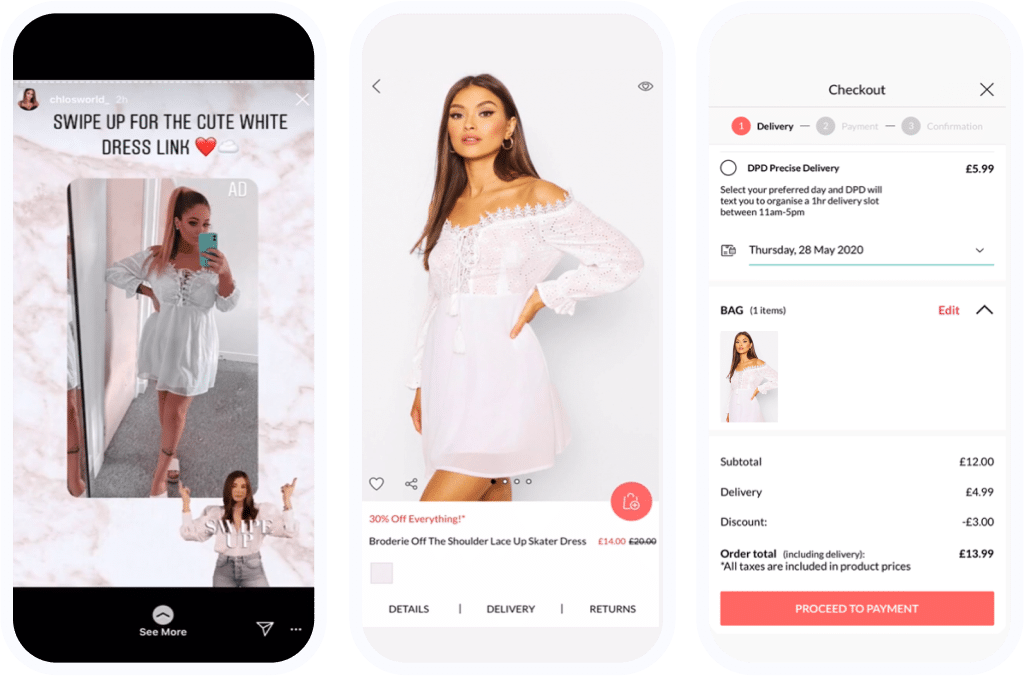
The magic of mobile app influencer marketing
When marketers partner with digital creators and personalities, they have a direct line to new audiences. Influencer marketing strategies work so well because influencers’ followers trust them. Influencer content is often more engaging than other types of advertising content because of this connection. For example, in TikTok influencer marketing, when a popular creator recommends a skincare or beauty item, it often feels more authentic than if a user saw a digital ad on their mobile device for the same product. The same is true of other social media platforms like Instagram and YouTube.
Endorsements from a popular account can lead to higher sales and conversion rates because 61% of consumers trust influencer recommendations, compared to 38% who trust brand-produced content. For mobile app marketers, influencer campaigns centered around a brand’s mobile app can boost app awareness, drive user acquisition, increase app downloads, and re-engage users.
Of course, influencers receive a portion of their sales, but highly-targeted influencer campaigns can still be a more cost-effective alternative to traditional marketing and may deliver better results. One study found that 60% of surveyed marketers say influencer marketing has a greater ROI than traditional advertising.
Getting started with an influencer marketing strategy
While the world of influencer marketing may seem exciting and innovative, it’s still best to start with the basics. Marketers should begin the process by defining their objectives and target audience. Who are you trying to reach, and what do you hope to accomplish? What social media platforms do your target audiences use? This will create clarity as you work to develop a strategic influencer marketing plan.
1. Determine the optimal social media channels to reach your audience
Once you’ve laid the foundation, decide which type of influencer suits your needs. Depending on budget, brands may choose between macro-influencers and micro-influencers. It’s equally important to consider if an influencer has a presence on the same social media channels as your brand’s target audience.
2. Choose an influencer that aligns with your brand’s values and goals
When establishing an influencer partnership, look for the influencers that align with your goals and overall brand. Remember, influencers become brand ambassadors, so it’s important to partner with one who shares similar values, has a genuine connection with your audience, and has a track-record of creating high-quality content for brands. Influencer apps can help streamline this process by providing a database of influencers organized by different criteria, such as follower count, engagement rates, niche, audience demographics, and geographic area.
3. Put a partnership agreement in place
After you identify the right influencer for your campaign, it’s time to develop a partnership agreement. This agreement outlines the terms of the collaboration in detail and typically includes information about the promotional campaign, guidelines for content creation, the approval process, compensation, and payment terms.
4. Create and distribute authentic promotional content
Once the deal is sealed, it’s time to focus on creating content that sells the unique features and benefits of the mobile app, influencer style. Content should feel natural and organic; the best influencers maintain their signature personalities in ads to keep viewers engaged. Be sure the content is mobile friendly and will present well on smaller screens, too.
When the content is ready, it’s time to get it in front of audiences. Beyond publishing on social media mobile apps, you can also promote content via email marketing campaigns and mobile ads to reach the widest possible audience.
5. Measure campaign performance and ROI
Like with any other marketing campaign, it’s important to measure your results. Evaluate the success of your campaign by tracking engagement and conversion metrics, including installs attributed to the influencer and other key performance indicators. Take a closer look at what worked well — and what didn’t. You can use this valuable analysis to optimize future influencer marketing campaigns.
Streamline partnerships with influencer apps
Influencer management platforms like Meltwater and Klear connect influencers with marketers looking to partner on campaigns. These tools can help streamline and simplify the process of identifying and collaborating with a social media personality to sell products or services.
Influencer apps offer many features, including searchable influencer databases, built-in workflow and approval processes, communication tools, and payment processing functionality. They also allow marketers to track campaign performance with mobile analytics tools, making them a powerful all-in-one way to manage mobile app influencer marketing campaigns.
Overall, influencer apps provide brands with an easy way to connect with influencers, manage their joint campaigns, and generate revenue. They also allow marketers to zero in on very specific audiences and scale campaigns to cast a wider net.
Influencer tactics to promote mobile apps
Influencer marketing strategies that promote a brand, product, or service are relatively straightforward: influencers post product reviews and sponsored posts, share affiliate links and discount codes, or appear in a brand’s advertising content.
To effectively drive users to a mobile app, influencer content should highlight an app’s benefits, incentivize users to download the app, or direct users to in-app content. Here are some ways to use influencer marketing for mobile app growth.
Sponsored content
Influencers can create social media content — including posts, stories, or videos — to showcase or review a mobile app. By highlighting the app’s features and functionality, influencers can generate user interest and encourage their followers to download the app.
Giveaways and incentives
Creators can incentivize their followers to try out an app by offering promo links, special discounts, exclusive content, or rewards within the app. Deferred deep linking helps maximize the potential of these promotions by taking existing users directly to in-app content — or routing new users through the app store, then to the intended content.
Influencer account takeovers
Another common type of influencer promotion involves “taking over” a brand’s social media accounts. Influencers create unique content for a brand’s owned channels to discuss the benefits of a mobile app. They can also provide step-by-step tutorials on how to download or use the app.
Rappi, a Columbian multi-vertical company, incentivized digital influencers and customers to invite new users to its app with a unique discount code. When a new user clicked on a referral deep link, they were taken to the correct app store for their device. After installing the app, the coupon was automatically applied to their user account. By streamlining the user experience and incorporating deep links into 15,000+ influencer campaigns, Rappi generated over 50 million app installs.
Best practices to influence your success
1. Stay up to date
Technology and social media are changing at break-neck speed, and this means marketing methods are too. Marketers should stay up to date on trends in influencer marketing and in the influencer world, including emerging creators and viral accounts. Attending industry events, networking with other influencer marketing professionals, and reading industry publications can help you stay current.
2. Diversify
Marketers should also be open to branching out and collaborating with multiple social media influencers. Nurturing long-term influencer relationships is important, but so is diversifying your roster of influencers. Doing so can help you reach broader audiences in different niche markets and allow you to test out different content. When you cast a wider net, you also gain more data, which can be useful for refining and refreshing future mobile app influencer marketing campaigns and boosting return on advertising spend (ROAS).
3. Use tags
Using the right hashtags and geotags can also help maximize the potential of influencer marketing. These are valuable tools that can make content easier to find and increase its visibility. Tags provide additional data to help track campaign performance and which content is resonating with users. Plus, if users engage with a campaign by creating their own posts, tags are helpful for finding user-generated content. Geotags can also help reveal where audiences are located, which is valuable for campaigns that are region- or location-specific.
Grow your mobile app with influencer marketing
Mobile apps and social media have become parts of everyday life. By leveraging influencer marketing for mobile, marketers have a powerful way to reach their target audiences and grow their profitability.
Ready to grow?

Get Started
Rappi Goes Viral by Using Influencers and Referrals Campaigns with Branch Deep Linking as the Key Growth Strategy
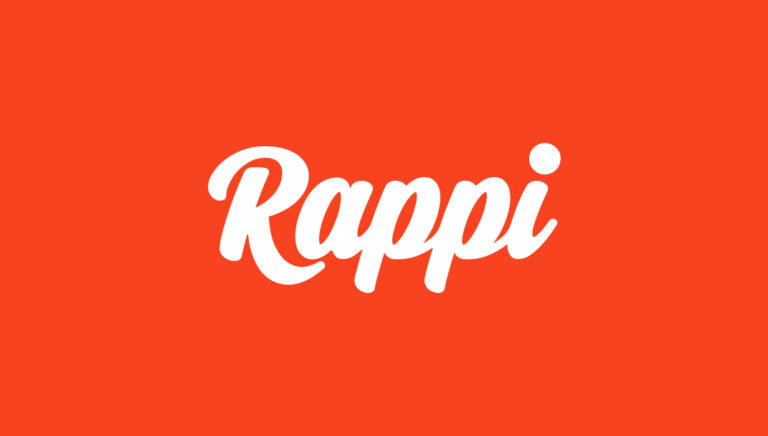
5 Best Practices for Mobile Linking on Social Media
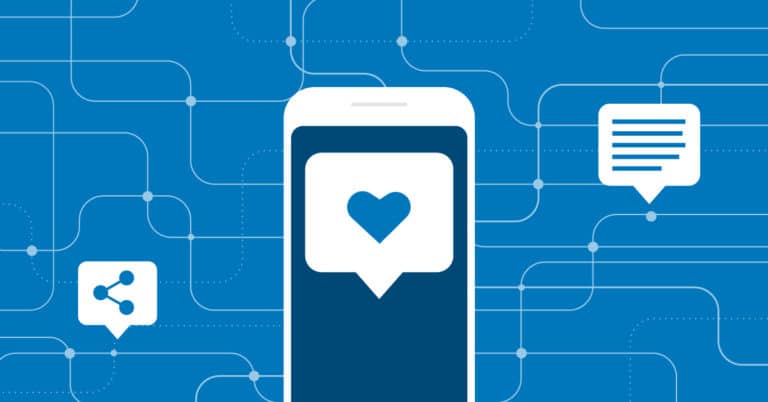
10 Tactics To Drive Higher Mobile App Installs in 2023
